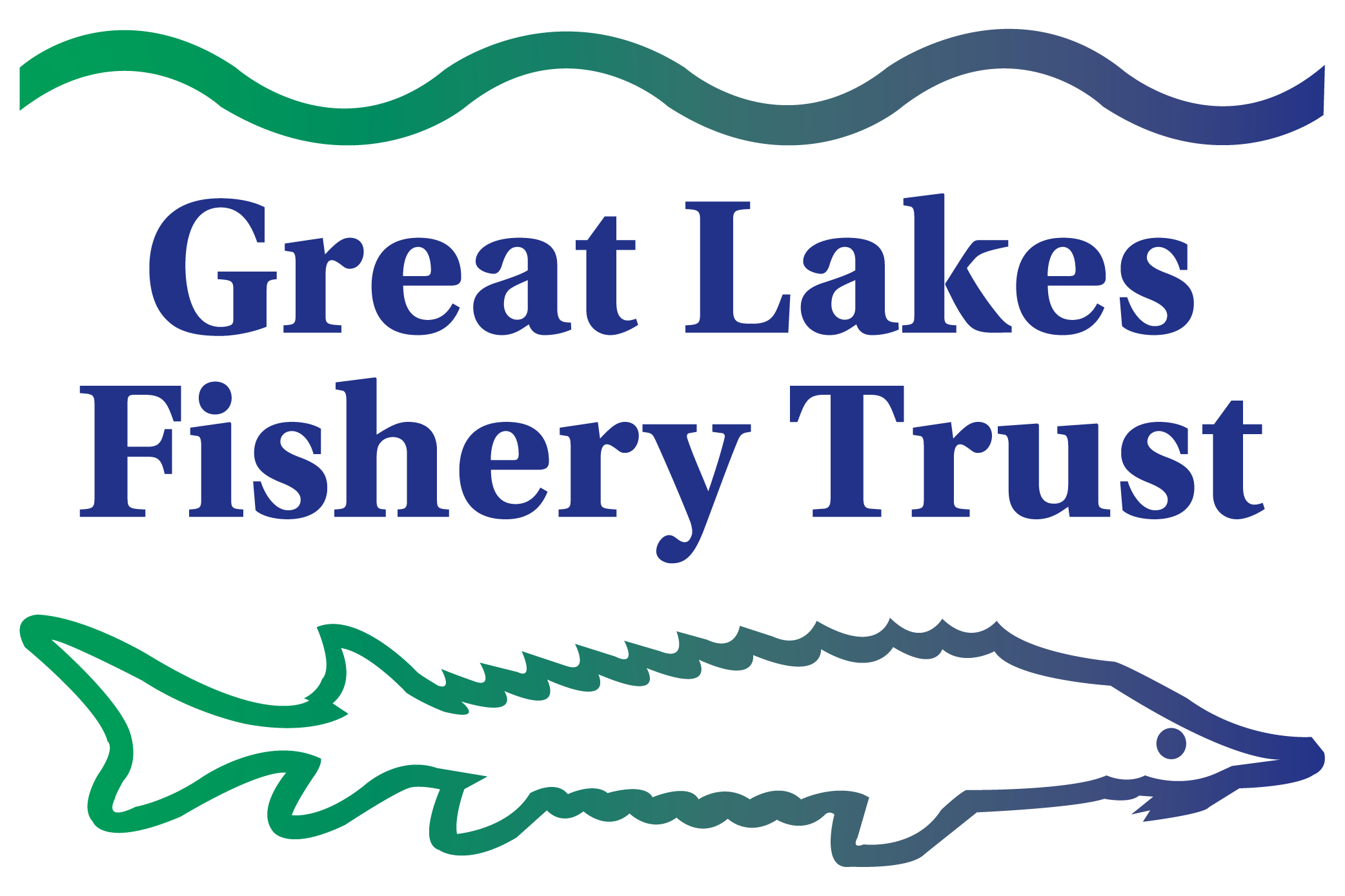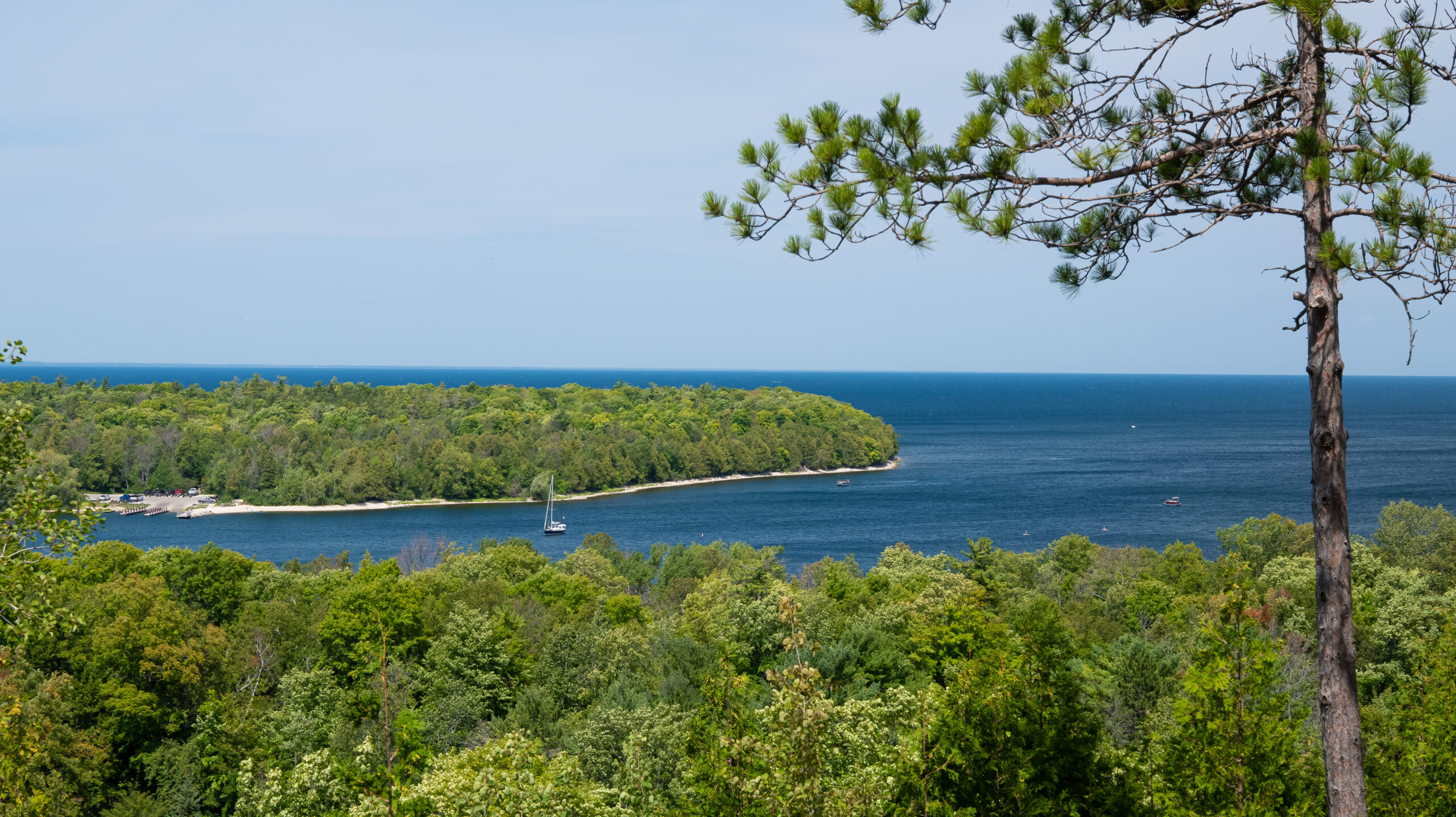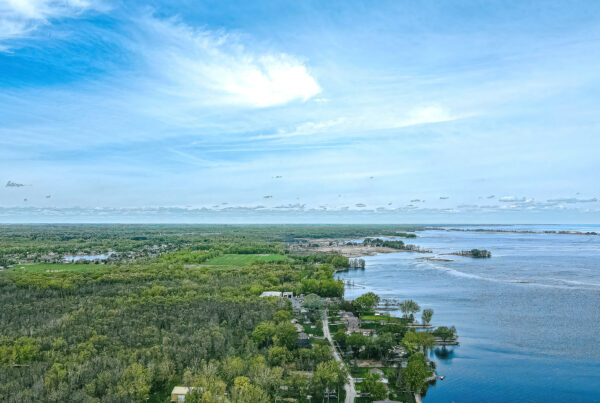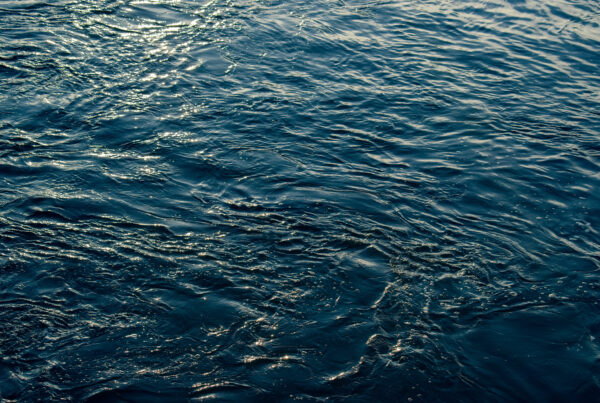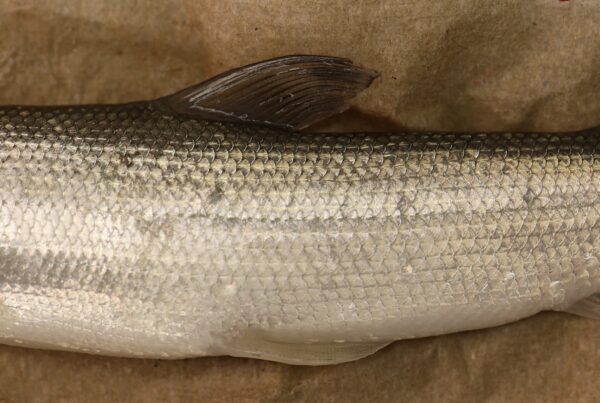While the reestablishment of river-spawning lake whitefish populations in tributaries to Green Bay is a conservation success story, current estimates show that most lake whitefish in the area are spawning in the open waters of the bay. The ability to pinpoint spawning locations in Green Bay could help fishery managers better understand what makes good whitefish spawning habitat and protect the habitat that already exists. However, it is difficult to find these spawning locations in the open water. New pilot research shows that eDNA could be used to help locate spawning aggregations of lake whitefish in Green Bay.
Key Findings
- Aggregations of lake whitefish shed eDNA in plumes that are detectably more concentrated than the ambient whitefish eDNA level in the environment.
- The location of these plumes can be used to backcast the location of the whitefish aggregation to within less than 50 meters.
- Larger aggregations of fish lead to larger and more concentrated eDNA plumes detected in the water.
Significant Outcomes for Lake Whitefish Research
This research suggests that examining eDNA concentrations could lead fishery managers and researchers to lake whitefish spawning sites, allowing them to study and protect this important habitat type. In addition, this method could potentially be used to locate aggregations of other species of fish in large lakes.
Learn More
If you have questions, please contact the primary investigator, Dr. Jared Homola, at [email protected].
Disclaimer
Research Notes includes the results of GLFT-funded projects that contribute to the body of scientific knowledge surrounding the Great Lakes fishery. The researcher findings and grant result summaries do not constitute an endorsement of or position by the GLFT and are provided to enhance awareness of project outcomes and supply relevant information to researchers and fishery managers. Researcher findings are often preliminary and may not have been peer-reviewed.
Related Reading
- A desktop approach to assessing lake whitefish stocking feasibility
- Using Genomics Techniques to Delineate Lake Michigan Whitefish Stocks
- Measures of larval lake whitefish length and abundance as early predictors of year-class strength in Lake Michigan
- Nearly six decades of recruitment trends for Lake whitefish and Cisco in the Great Lakes
